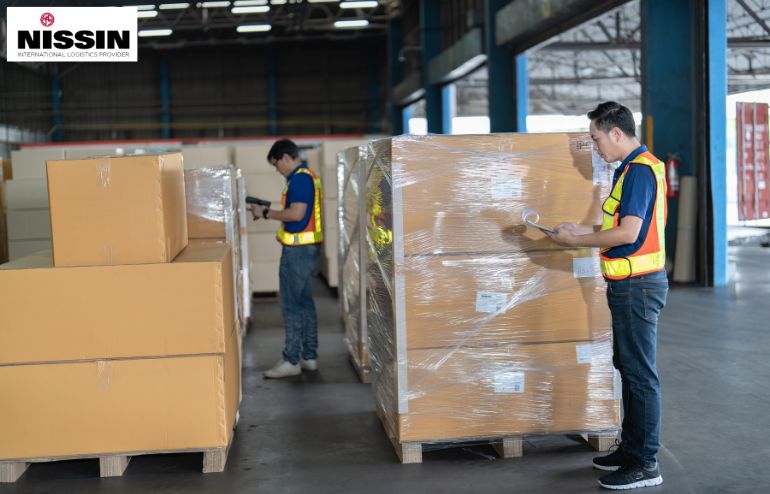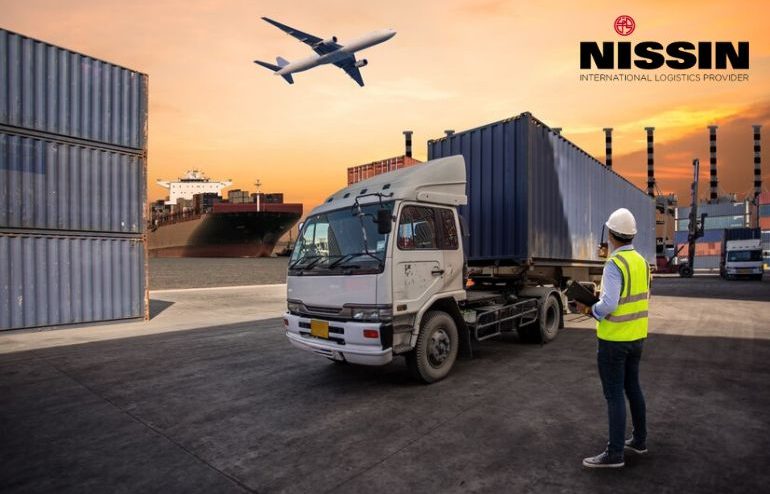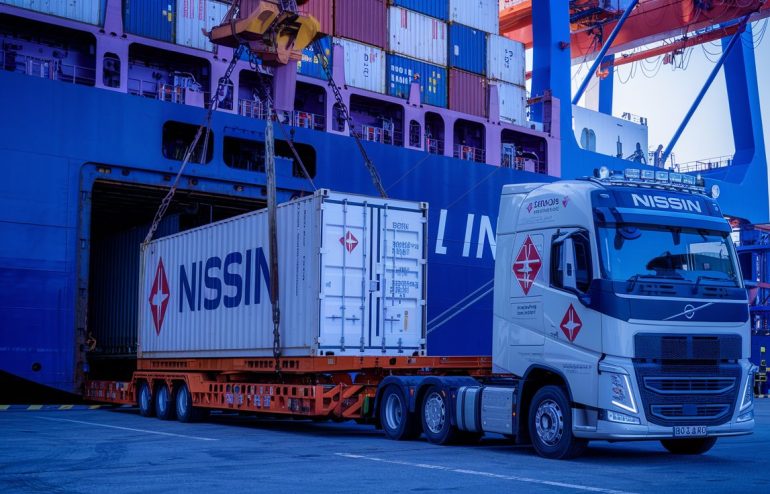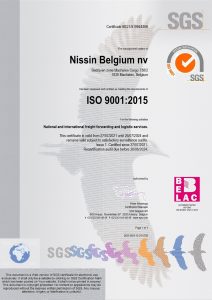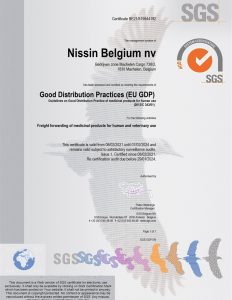Shipping lithium-ion batteries internationally demands careful preparation to prioritize safety and comply with regulatory standards. When transporting by sea freight or air, knowing how to package lithium-ion batteries for shipping is a key factor for secure delivery. Here, we highlight best practices for packaging and shipping lithium-ion batteries, with an emphasis on safety and compliance at every stage.
Types of Lithium Batteries
Understanding the type of lithium-ion battery you’re shipping is essential. Lithium-ion batteries are rechargeable and found in devices like phones, laptops, and electric vehicles, while lithium-metal batteries, which are non-rechargeable, are used in items such as cameras and watches. Identifying the type helps determine the appropriate handling and packaging.
Key Safety Considerations for Packaging Lithium-Ion Batteries
1. Discharge the Batteries: Always discharge lithium-ion batteries to below 30% of their full charge before packing. This minimizes the risk of overheating or short-circuiting during transport.
2. Use Protective Packaging Materials: Proper packaging lithium-ion batteries requires non-conductive materials, such as bubble wrap or foam, to prevent contact with conductive materials and reduce the risk of short circuits.
3. Use Insulating Caps: Confirm that battery terminals are insulated with caps, tape, or similar materials to prevent accidental contact with metal objects during shipping.
4. Label Packages Clearly: Always include the proper labels, such as the “Lithium Ion Battery Handling Label,” and verify the package is marked with appropriate warnings to comply with international safety regulations.
5. Package Batteries Individually: To reduce the risk of short-circuiting, package lithium-ion batteries separately in plastic bags or boxes, making sure each is protected individually.
How to Ship Lithium-ion Batteries Internationally
When shipping lithium-ion batteries internationally, it’s important to follow air and sea freight regulations. Here’s a breakdown:
1. Air Freight: The International Air Transport Association (IATA) has strict rules for shipping lithium-ion batteries by air, such as watt-hour (Wh) limits. Therefore, check your batteries fall within the allowable limits.
2. Sea Freight: Shipping lithium-ion batteries by sea freight follows specific regulations governed by the International Maritime Dangerous Goods (IMDG) Key points to consider:
2.1 Volume Limits: Shipping lithium-ion batteries by sea comes with volume restrictions. Be sure to check how many batteries can be shipped in one container or package.
2.2 Proper Classification: Make sure the batteries are correctly classified under the IMDG Code for safe transport. This affects the packaging and documentation requirements.
2.3 Documentation and Marking: Sea shipments need to include appropriate declarations and lithium-ion battery labels. Moreover, check the latest requirements for international sea freight.
3. Customs Regulations: Different countries have varying import regulations for lithium-ion batteries. Always check customs requirements for both the origin and destination countries to avoid delays.
Storing Lithium-ion batteries
Proper storage of lithium-ion batteries is key to maintaining battery life safely:
1. Store batteries in cool, dry places, away from direct sunlight and humidity.
2. Avoid storing lithium-ion batteries near flammable materials or in areas prone to extreme temperatures.
Nissin Belgium Services for Safe Lithium-Ion Battery Shipping
Nissin Belgium offers smooth shipping solutions for lithium-ion batteries with international standards and safety protocols. Our expert team guides on:
1. Packaging Lithium-Ion Batteries: We offer specialized materials and methods to safely package lithium-ion batteries for air and sea transport.
2. Regulatory Compliance: We make certain that your shipments meet all regulatory requirements for shipping lithium-ion batteries internationally.
3. Customs Documentation: Our team assists with the proper documentation, verifying all necessary paperwork is in place to meet international shipping regulations.
4. Risk Management: We assess and address potential risks related to the shipping of lithium-ion batteries, helping to minimize hazards during transport and reduce liability.
Best Packaging Materials for Lithium-Ion Batteries
Choosing the right materials is essential for the safe shipment of lithium-ion batteries:
1. Foam and Bubble Wrap: These materials provide cushioning to prevent movement and damage to the batteries.
2. Corrugated Boxes: Reinforced boxes help keep the batteries secure and prevent external pressure.
3. Plastic Bags and Insulating Tape: Use these to protect terminals and avoid short-circuiting.
Additional Tips for Safe Shipping
1. Track Shipments: Use tracking services to monitor the status of your lithium-ion battery shipments and timely delivery.
2. Stay Updated on Regulations: Shipping regulations for lithium-ion batteries change regularly. Keep up with the latest requirements from organizations like IATA and IMDG to avoid compliance issues.
Closing Thoughts
Shipping lithium-ion batteries safely requires proper planning and attention to detail. By following the best practices for packaging lithium-ion batteries and understanding the regulations around shipping lithium-ion batteries internationally, you can reduce the risks associated with battery transport.
With Nissin Belgium’s expertise, we guide you through every stage of the process for a smooth and secure shipment from start to finish.
For reliable and safe shipping solutions, contact us at +32 2 751 44 99 or email us at HowCanIHelpYou@be.nissin-eu.com.


